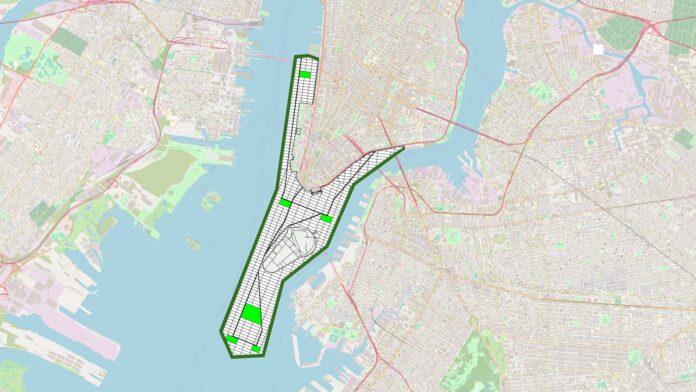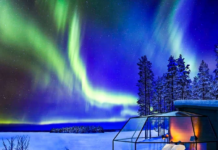The expansion of Manhattan towards the port could solve two long-standing problems that afflict the American metropolis. Here’s how it would be done.
The NEW MANHATTAN project to solve two serious New York PROBLEMS
# Will there be a “New Manhattan”?
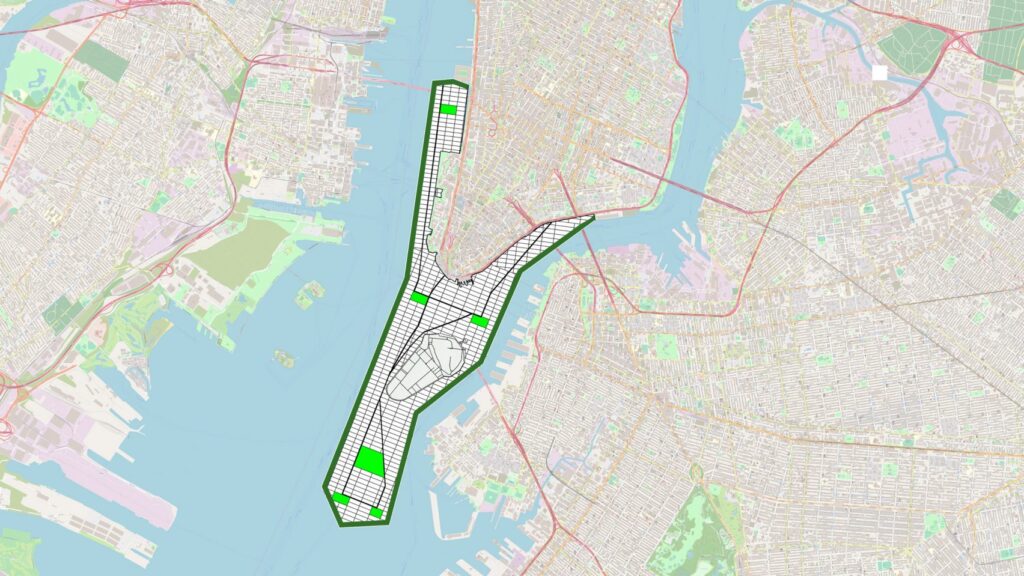
The proposal to expand the island of Manhattan south into the waters of New York Harbor beyond the Statue of Liberty comes from Jason M. Barr, a renowned university professor, researcher and columnist for various journals dealing with urban economics. His plan was published in a New York Times article and “addressed” to the mayor of the city Eric Adams. The new district of the city would be called New Manhattan with an area of over 7 sq km of new space bordered by the Hudson and East rivers.
# Governor Island would be incorporated into a second Central Park
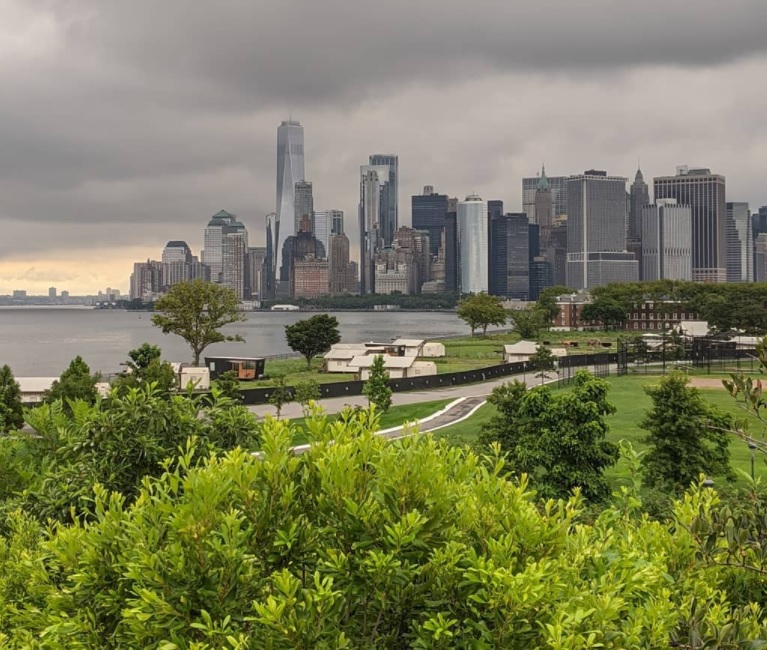
Governors Island, located in the middle of the bay, would be incorporated by the stretch of Manhattan becoming like a second Central Park. The 70-hectare island has 17 hectares of parkland and would be surrounded by New Manhattan buildings. Already today the island is becoming one of the most important climate studies center in the world, with a university, research laboratories but also hotels, shops and tourist facilities.
# The aim of the project is to combat climate change and provide affordable housing
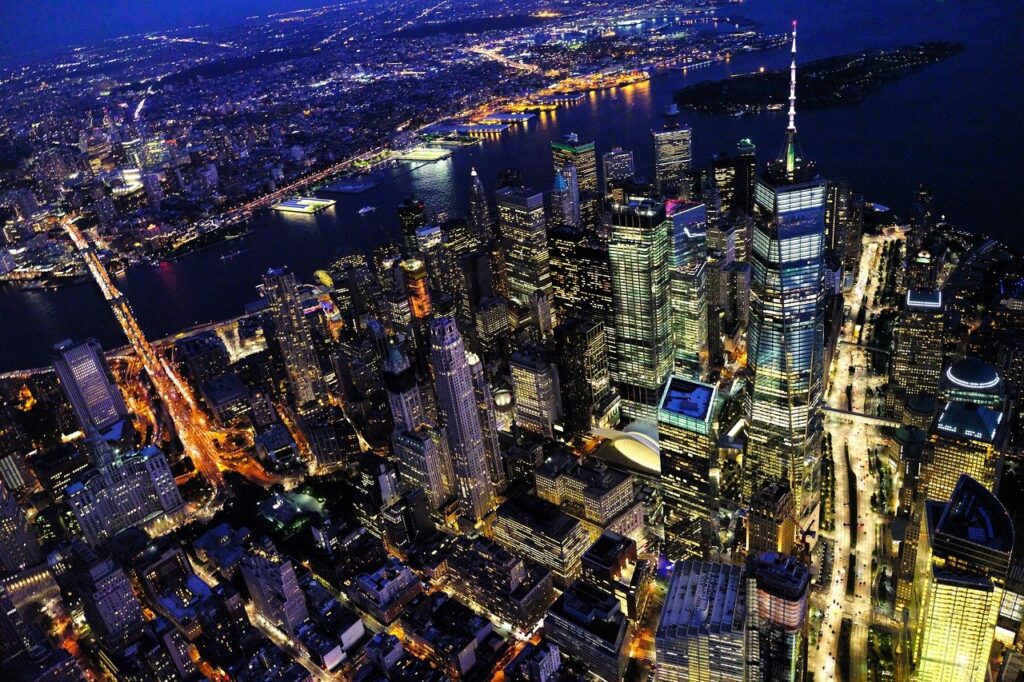
Barr argues that the extension to Manhattan would solve two long-standing problems of the Big Apple: “The first is the increasingly looming problem of storm surges and floods due to climate change. The second is that New York needs more housing. There is a serious problem in the accessibility of housing in the city and any increase in supply can help alleviate the problem“.
In fact, this expansion would help to strengthen resilience to the threat of sea level rise, protecting the vulnerable areas of the metropolis and would be designed with wetlands and marshes around its perimeter to absorb storm surges.
Furthermore, there would be space for 180,000 housing units, from single-family houses to skyscrapers to homes accessible to low-income families, for 250,000 inhabitants, partly solving the problem of the exorbitant cost of housing.
The operation would also be financially sustainable. The difference between building construction costs and housing sales values could be used to finance the creation of the artificial land and related infrastructure.
# Not a new solution for New York
According to Barr, the proposal builds on earlier historical precedents as the island of Manhattan has been expanded numerous times since it was colonized by Europeans in the 17th century. “Creating new land through reclamation and adding land is a centuries-old tradition,” Barr explained. “Lower Manhattan, south of City Hall, has been expanded by nearly 50%. The Dutch, then the British, then the Americans created this land because it helped the New York economy to grow and prosper“.
Source: Dezeen
FABIO MARCOMIN


